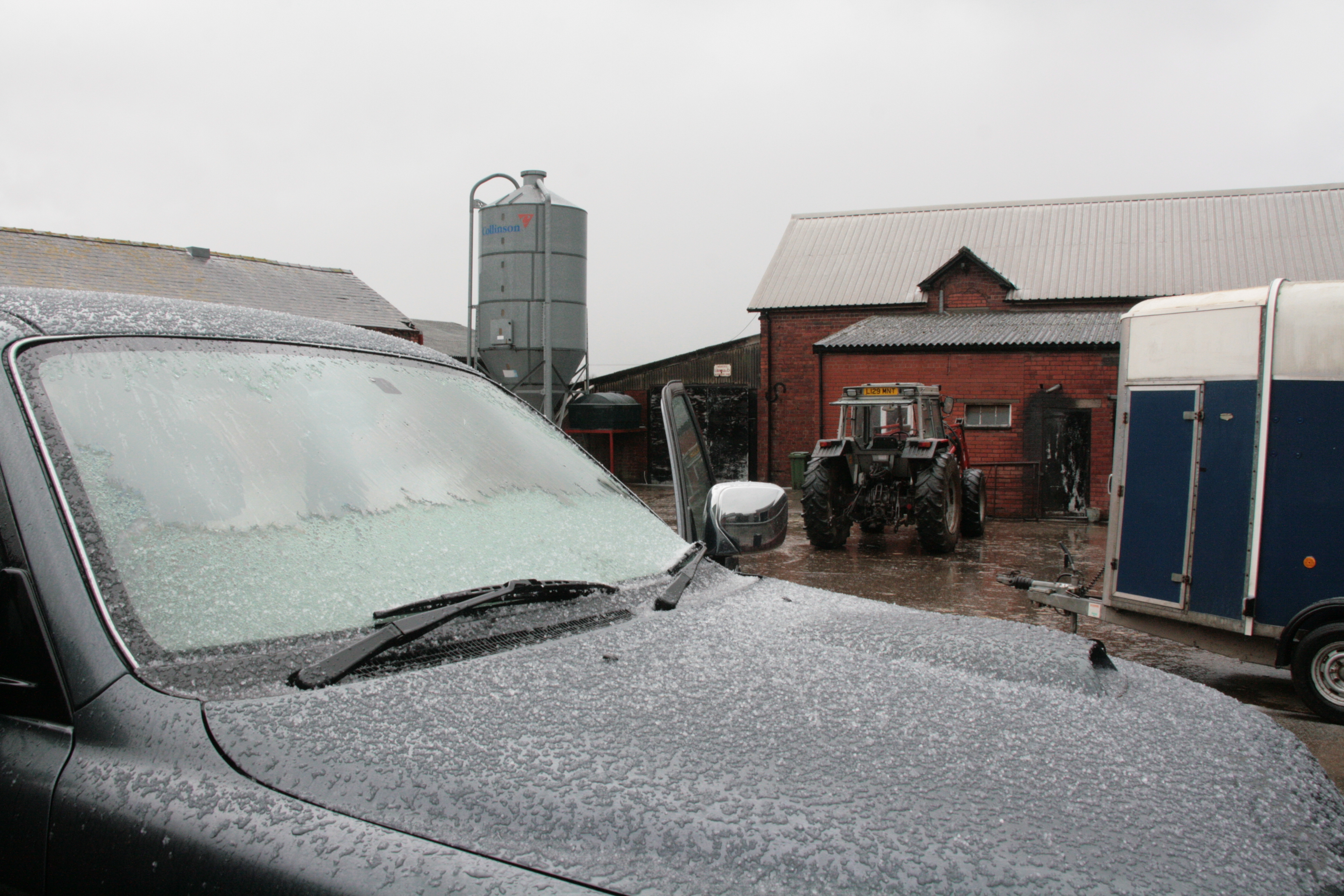



Dairy Stories: Weather Woes
In his new blog, John Wigley, a dairy farmer from Shropshire, discusses the impact of the UK's recent wet weather on his farm's grazing plans.I don't suppose 20 October 2015 means too much to you, does it? Unless of course it was your birthday. It is not a date that sticks in my mind either - until this year because it was in fact the day it started raining. And it rained more or less continuously until 13 February with the exception of only three days.
I have no idea whether that is a record or not but I feel it should be. After all, we had the same volume of rain over those 113 days as we did in the whole of 2009. To be precise there was 477 mm of rainfall from 110 days of rain, with merely three days to rest my waterproofs.
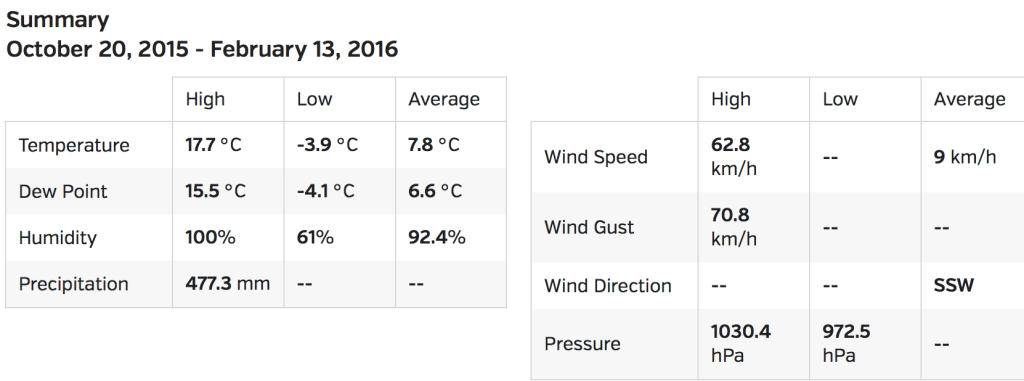
It's hardly surprising the country has been washed out with flood water under such circumstances. In reality the cows and heifers have been housed indoors for most of this spell and it hasn't affected the day to day running of the farm.
However, despite the rain, the mild weather has allowed the grass to grow through the winter and the fields are looking very lush.
I know it still feels like winter but we are approaching 12 hours daylight now and when the temperatures do eventually rise, the grass will grow very quickly here. So my main focus now is getting the cows out to grass, the only problem being that the ground is too wet to stand their weight.
Nonetheless, I am targeting next week for turning out, providing the weather stays fairly dry. Although a quick look at the forecast is not very encouraging or particularly informative.
At the time of writing the BBC forecasts "spells of heavy showers possible with longer spells of rain coming in from the west, turning to a colder northerly wind with icy rain, some sunshine and possibly high winds".
Am I the only one thinking that could mean absolutely anything? Perhaps they should have added "a chance of blizzards in the north or south and/or rain, or heavy or light snow showers with possible long or short spells of sunshine" just to cover themselves completely.
Maybe I'm being a touch hard on the forecasters, as their statement is very close to reality. It is entirely possible to have all that weather in the space of two days here and long term predictions are notoriously difficult to get correct as Monday proved.
The weekend had been dry, the ground conditions were improving quickly and Derek was fetching the muck spreader. The cows were sniffing the air and peering over the fence at the green fields. I had neglected to wear my leggings and left my woolly hat on the shelf in the house. The sun was out and for the first time in six months I could almost feel the heat from it. It certainly felt as though spring had at last arrived.
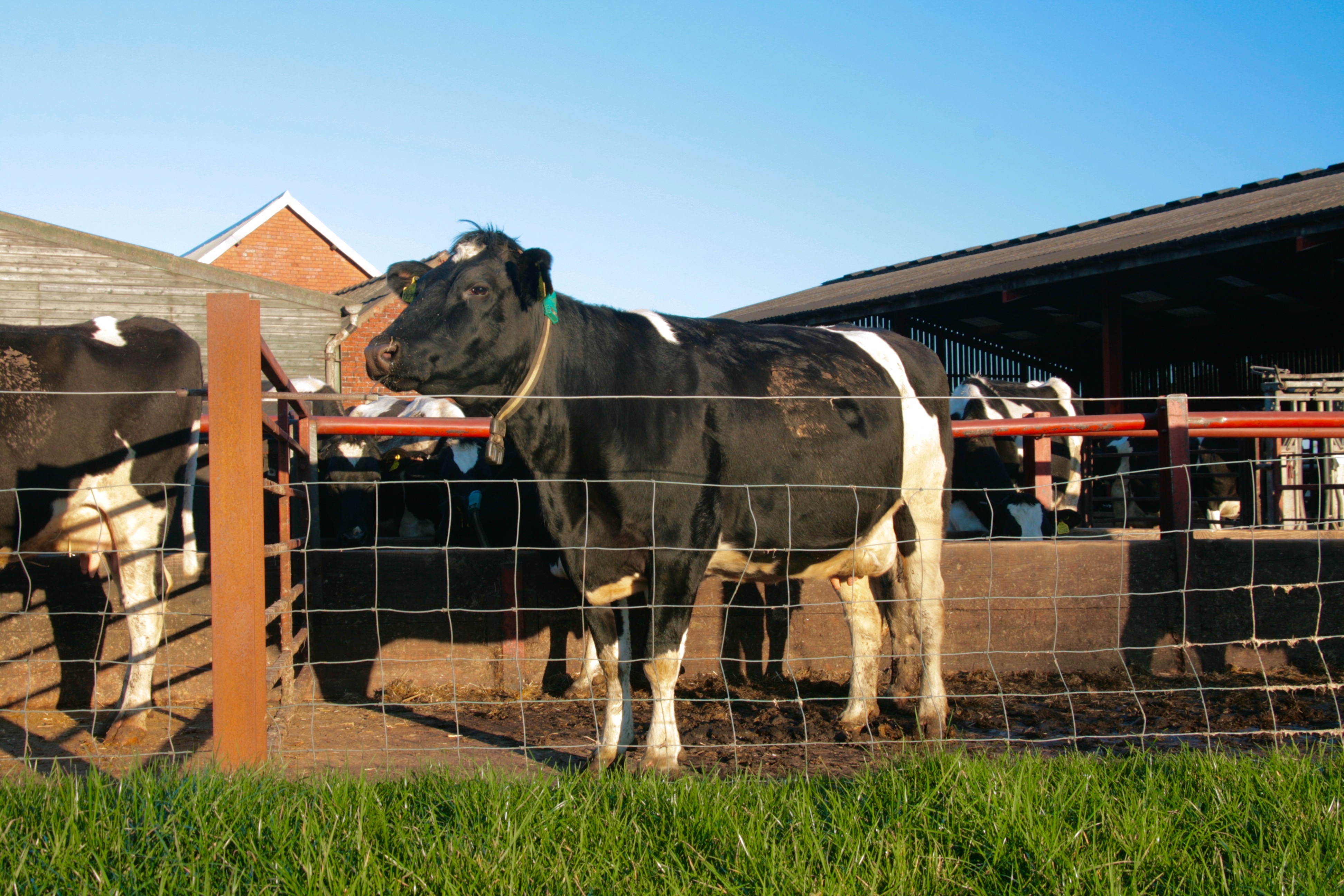
It must have felt like that for well over an hour before it hammered it down with hail, sleet and ice cold rain. The dark storm clouds rose from the hill behind us, unnoticed and for a good forty minutes it howled a gale and vengefully spat, cheek stinging ice and water down, sending us running for cover.
The hail bounced off the concrete like a million miss hit golf balls landing on the main road and the yard was momentarily white all over before the icy balls dissolved into water.
Spring had sprung but Winter had flattened it and sent it packing.
On its own, it wouldn't have stopped us turning out, but the aftermath was 35mm of continuous rain over the next two days, extinguishing any prospects of the cows tucking into the spring grass.
Despite the rain we still managed to spend two days spreading muck on some of the drier ground across the road, which was another job ticked off the list. It certainly doesn't need to be applied much later than this, as these fields are ear marked for making silage and there is a danger the muck will still be lying on the ground when we cut the grass in late May.
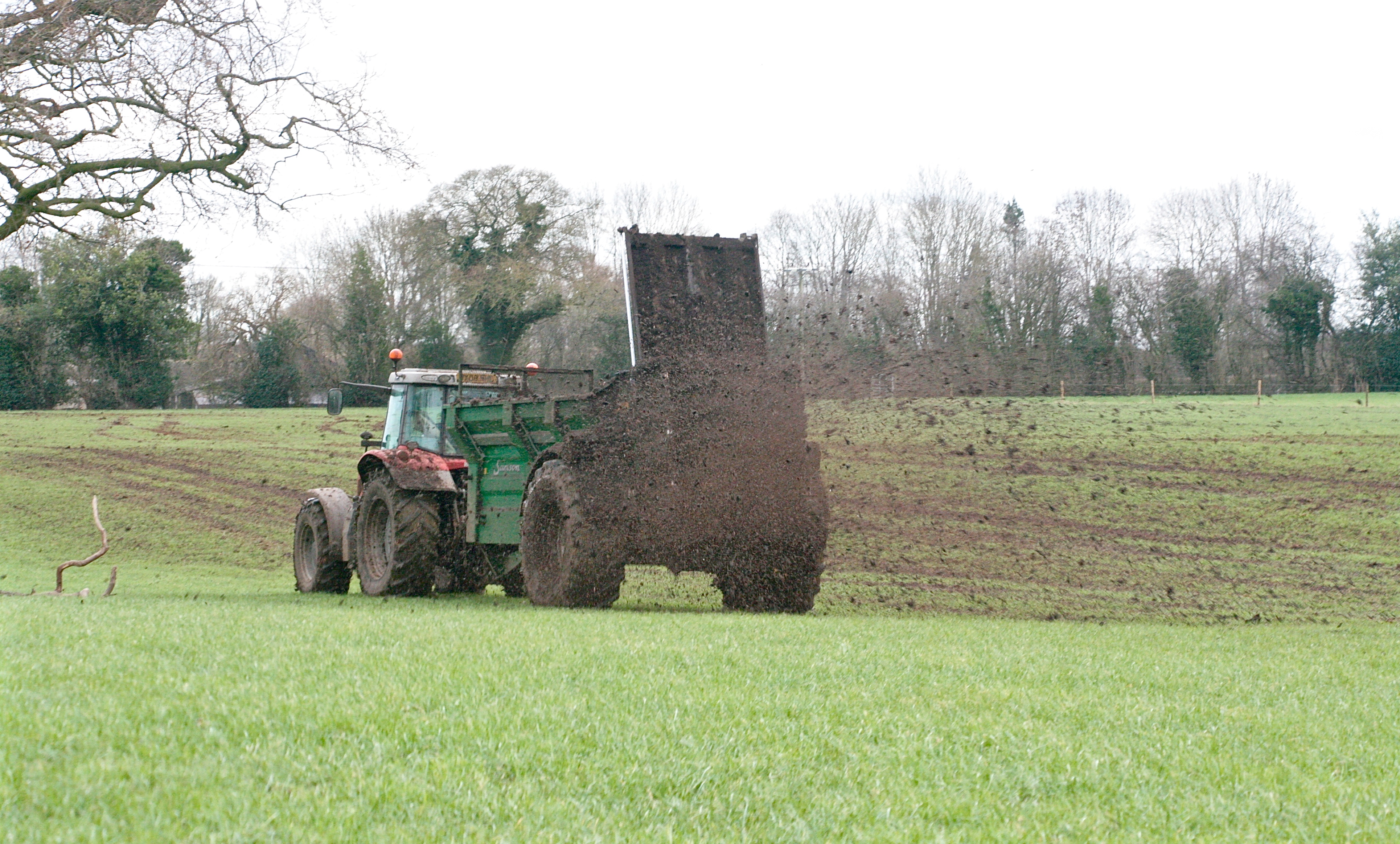
I often think this time of year is something of a tease with the weather fluctuating from wet one day, to sunny and dry the next but I console myself with getting the things done that we can and forgetting about the jobs that we can't.
To that end, we have spent a few days repairing the cow tracks to make the roads nice and smooth for the cows to walk to the paddocks.
Over the years I've tried various different stone to finish the surface with and had various different results too. The clay based stone should be kinder on the cows feet, in theory but tends to pick up on their feet, in damp, sticky weather.

So this year we have tried a hard crushed granite which I've always thought was too spiky for cows to walk on but I've been assured it will stick down better. Either way it was easy enough to lay and level and I'm happy with how it looks at the moment.
The ultimate test will be when the cows go out and the speed they walk on it. The better the surface the faster they will walk and vice versa.
When the cows get to test the new surface, is in the hands of the weather gods with few encouraging signs at present. I guess I will just have to be patient. It has to stop raining soon... doesn't it?
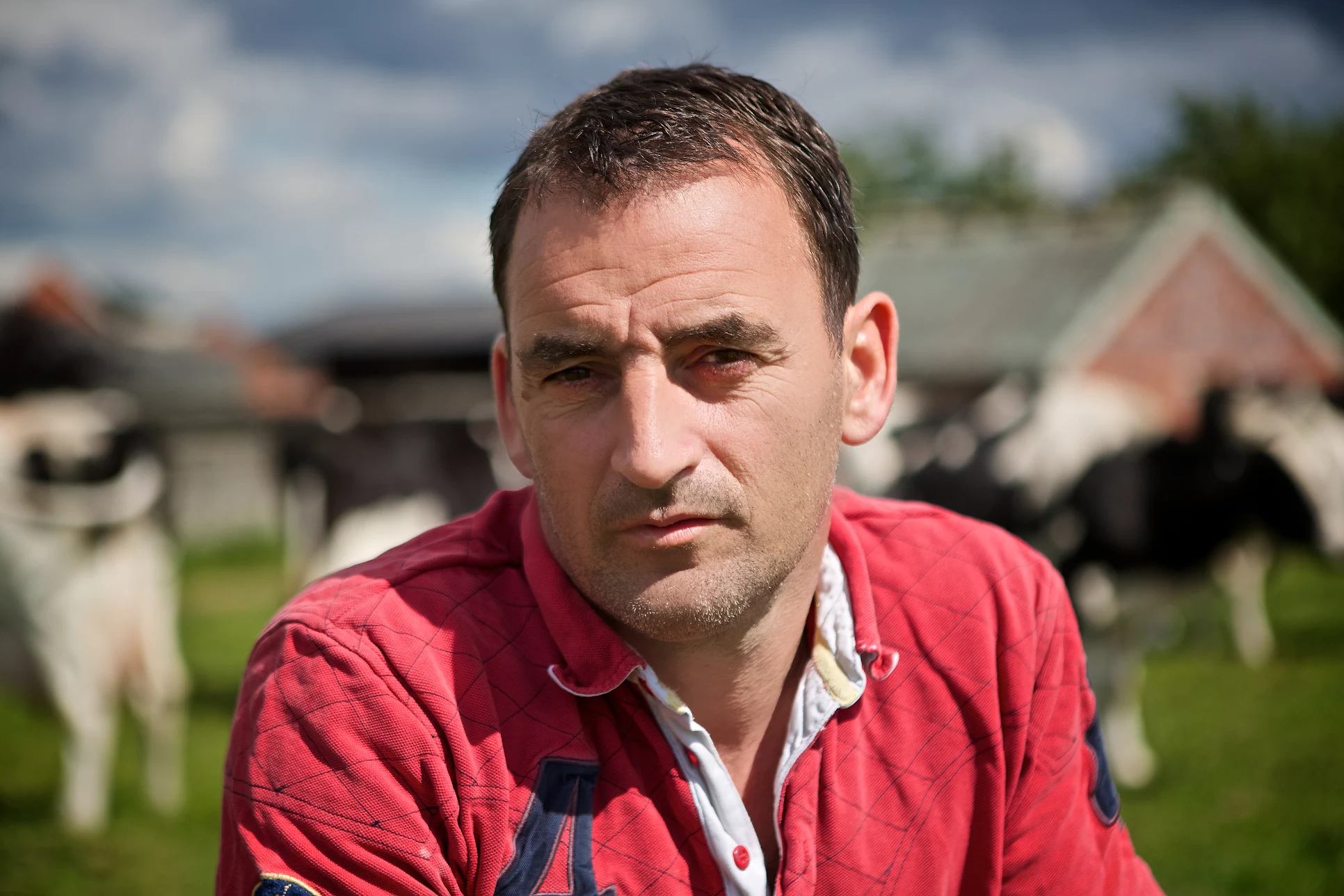
John Wigley
Freelance journalist
John Wigley has been farming in Shropshire for 13 years. On his farm, nestling below the Welsh hills, John keeps about 330 Holstein milking cows here, as well as dairy heifers and a small flock of sheep which belong to his oldest son, James.
The herd is fed largely on a rotational grass based system and housed between November and March. Target yields are 7000-7500 litres per cow but the cost per litre is of more concern than the yield.
John's website, www.thebigcowblack.co.uk, aims to bridge the gap between farmers and consumers. You can also follow him on facebook or twitter.

